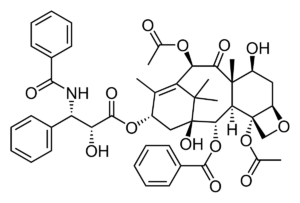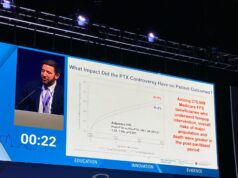
At the 2020 Leipzig Interventional Course (28–31 January, Leipzig, Germany), Sabine Steiner (University of Leipzig, Leipzig, Germany) presented one-year results of the COMPARE-RTC of low-dose versus high-dose paclitaxel balloons. Both types of balloons exhibited comparable results with excellent effectiveness and safety through 12 months for femoropopliteal interventions including a wide range of lesion lengths. The results were also published online ahead of print in the European Heart Journal.
The authors of the study, Steiner and colleagues, note that drug-coated balloons (DCBs) for femoropopliteal interventions have not been tested against each other. They aimed, therefore, to directly compare the efficacy and safety of a high-dose (IN.PACT) versus a low-dose (Ranger) DCB, with nominal paclitaxel densities of 3.5 vs. 2μg/mm2, respectively.
This prospective, multicentre, non-inferiority clinical trial included 414 patients with symptomatic femoropopliteal lesions (Rutherford classification 2–4). Patients were randomised 1:1 to endovascular treatment with either high- or low-dose DCB after stratification for lesion length. Primary efficacy and safety endpoints comprised primary patency and freedom from major adverse events. The investigators set a non-inferiority margin of -10% at 12 months.
Total occlusions were observed frequently (>40%) and provisional stenting was performed in every fourth intervention, and non-inferiority was determined for both primary efficacy and safety endpoints at 12 months.
Primary patency was 81.5% in the high-dose and 83% in the low-dose DCB group. Freedom from major adverse events was determined in 92.6% in the high-dose and in 91% in the low-dose DCB group. The overall death rate was low (2%) and no major amputation occurred.













